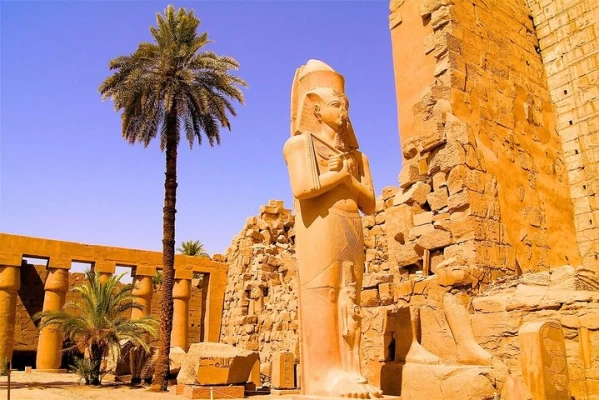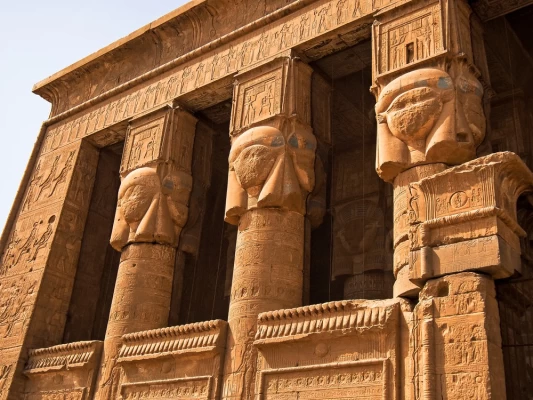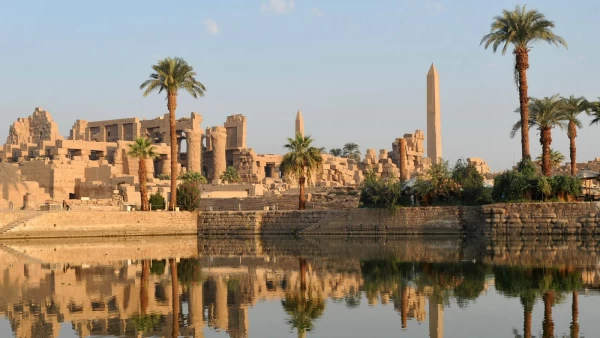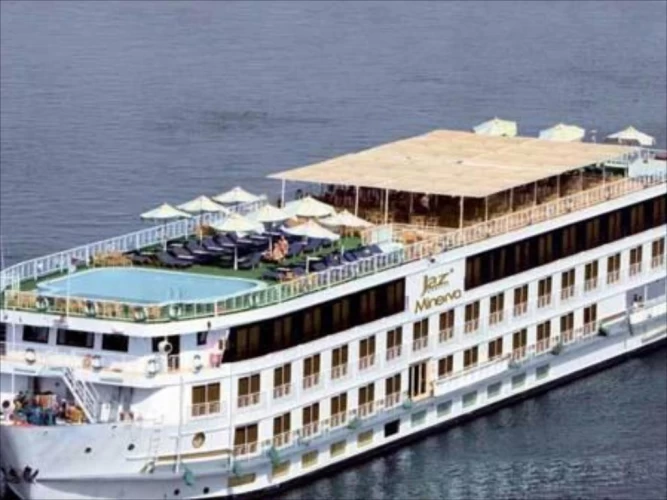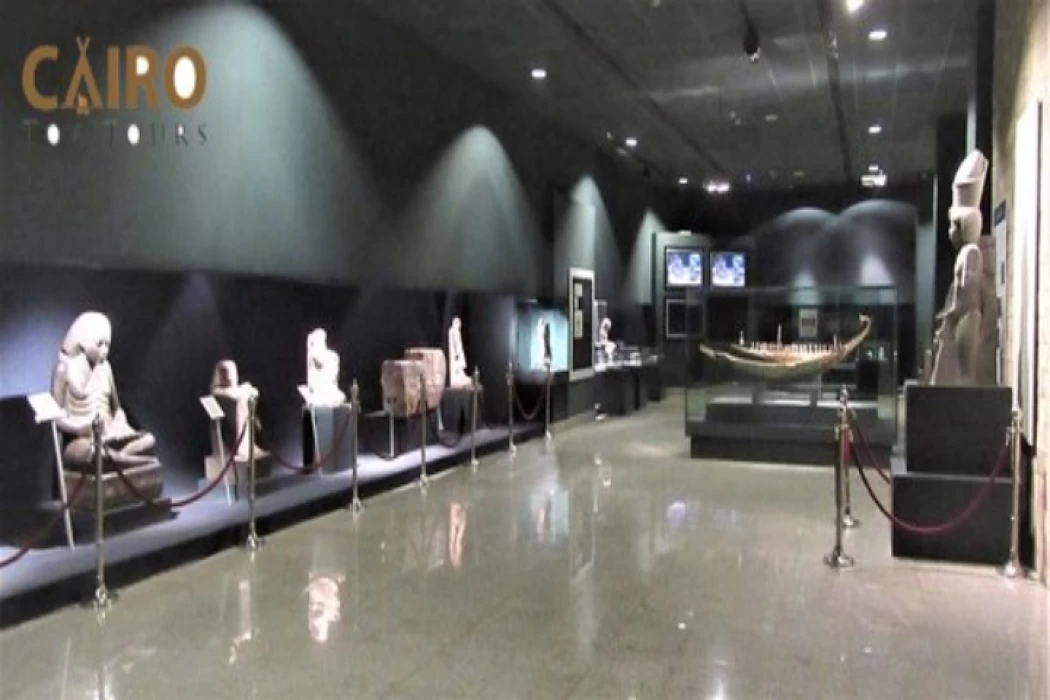
Luxor museum
Facts About Luxor museum
Luxor Museum complex is located along the Nile Corniche, towards the east of the city that was previously known as Thebes. The area remaining of the museum corss is over. On the other hand, it is one of the attractions in the area owing to the accumulation of rich historical items.
Both of its history and that of the world can be easily found in Luxor Museum which is situated in the city of ancient ruins known as Luxor. It was inaugurated in 1975 and concerns itself of the Egyptology providing its guests with a number of artifacts from different periods of the ancient Egyptian civilization. The museum, however, despite the lower comparison of its size with some of its siblings as Egyptian Museum in Cairo, still holds enormous cultural treasures with its wonderful organization that is not only for the history lovers and the art of archaeology.
The design of the Luxor Museum was done by the Egyptian architect Mohsen Mostafa. Its new and simple design does a good job of integrating the clean and efficient spaces with the ancient structures of the objects it contains. The structure is built with the environment, keeping a new perspective of the Nile and other monuments like the temples of Luxor & Karnak. The use of artificial lighting is complemented with sufficient natural lighting to give a unique feeling in the atmosphere that shall enable the visitors to admire the carve and beauty of the exhibitions.
The Luxor Museum boasts a varied and carefully selected collection. Below are some of the highlights
Statues of the Pharaohs: The museum has magnificent sculptures of pharaohs, including parts of gigantic sculptures made for Amenhotep III. These artworks give an interesting view into how grand and vital these rulers were in Egyptian past.
Objects from New Kingdom: Artefacts from New Kingdom can be found in this collection which is regarded as the golden age for ancient Egypt. It contains statues, jewelry and daily used utensils as well as those used during religious rituals.
Tutankhamun's treasures: While most pieces associated with King Tut are found at Cairo's Egyptian Museum, there are minor ones still displayed within Luxor Museum that complement other exhibitions focused on wealth concerning these rich young kings.
Mummification exhibition: There is a special section on the art of mummification. The show contains instruments and equipment for mummification, mummies as well as sarcophagi that allow us to understand ancient methods of burying.
The Luxor Museum plays a significant role in educating people about Egyptian history and keeping it alive. It enables visitors to find real items within an environment that promotes learning and appreciation. To help place each object in context, exhibits are laid out clearly with panels written in other languages providing explanations







